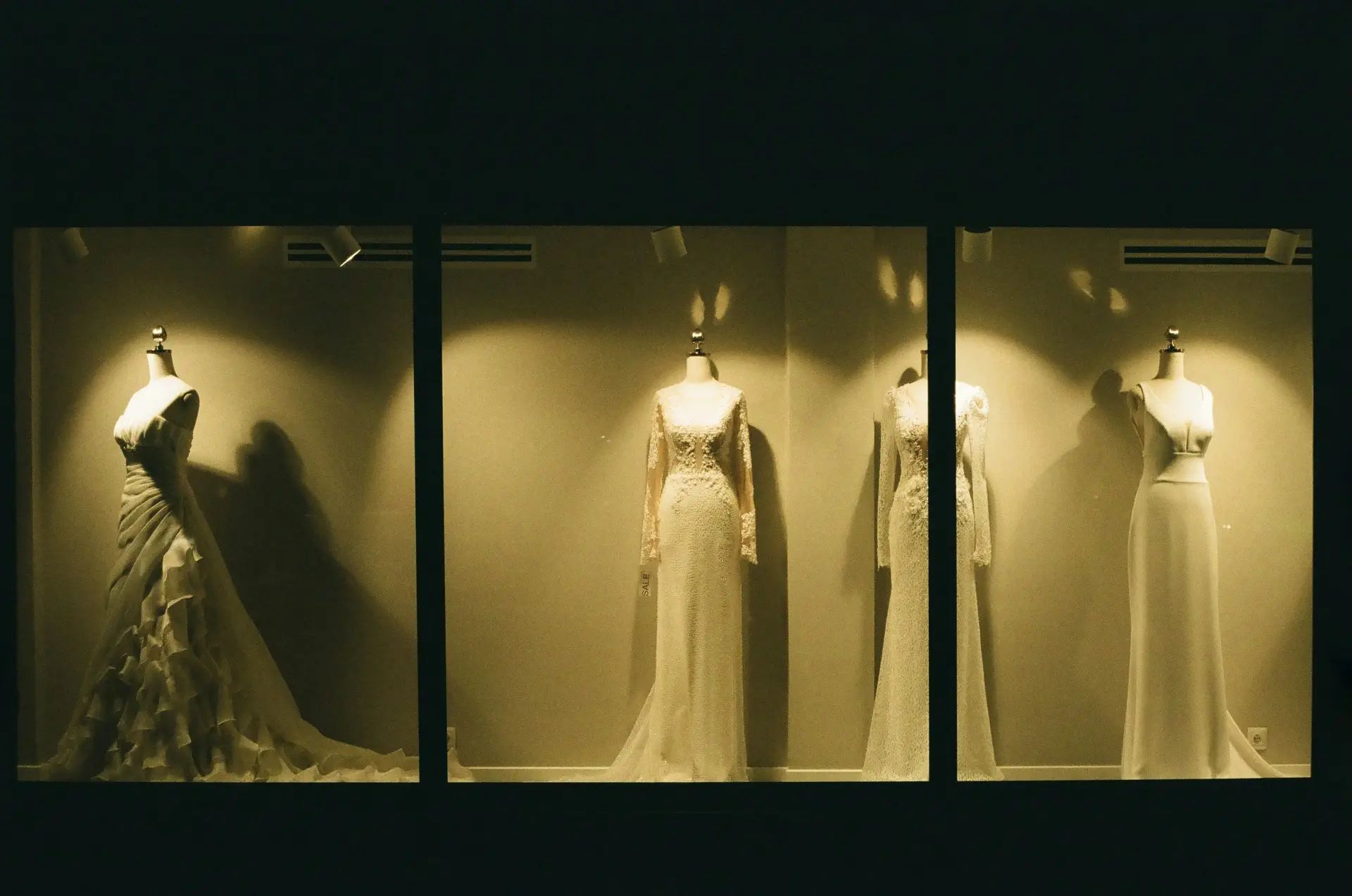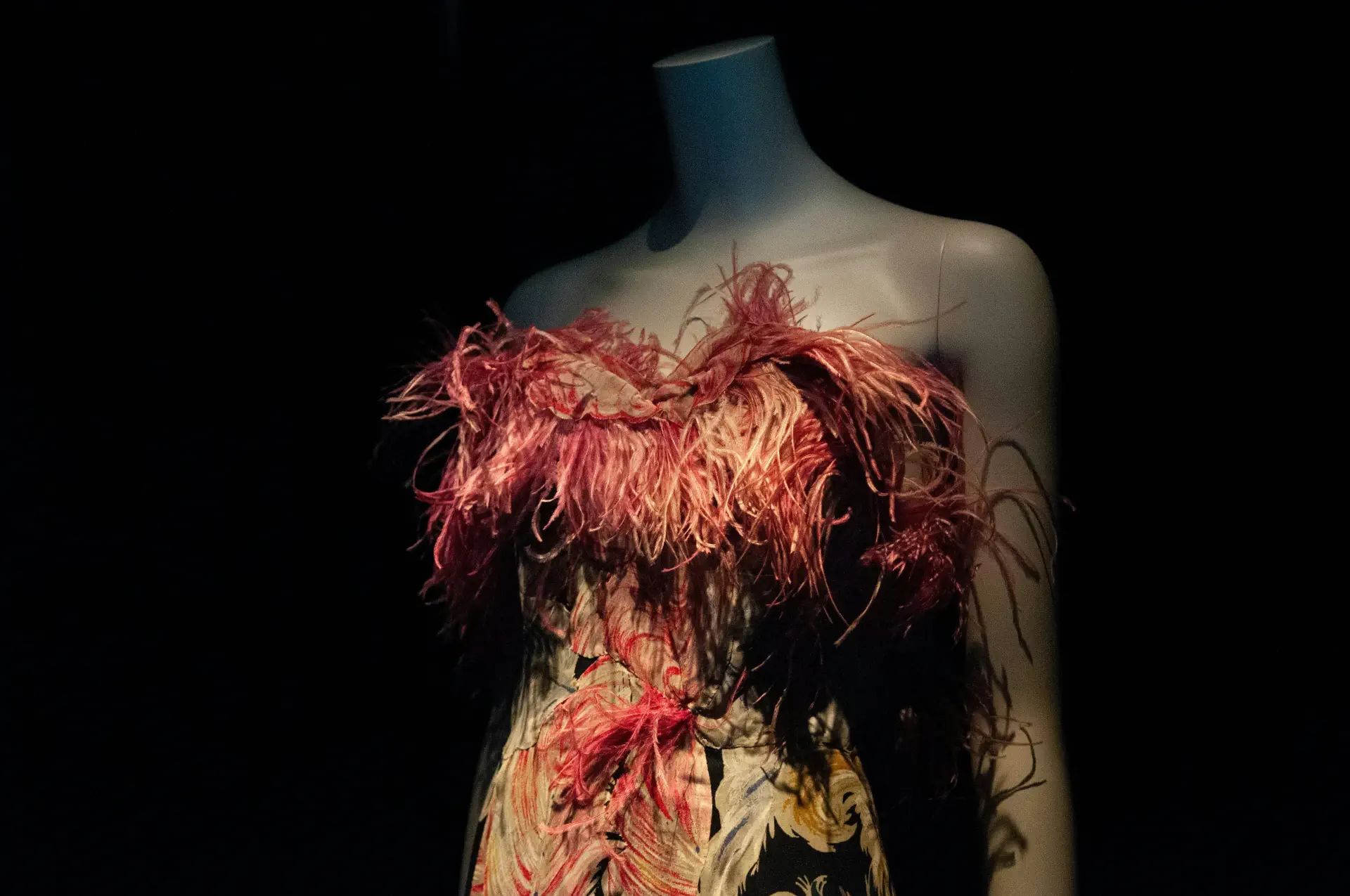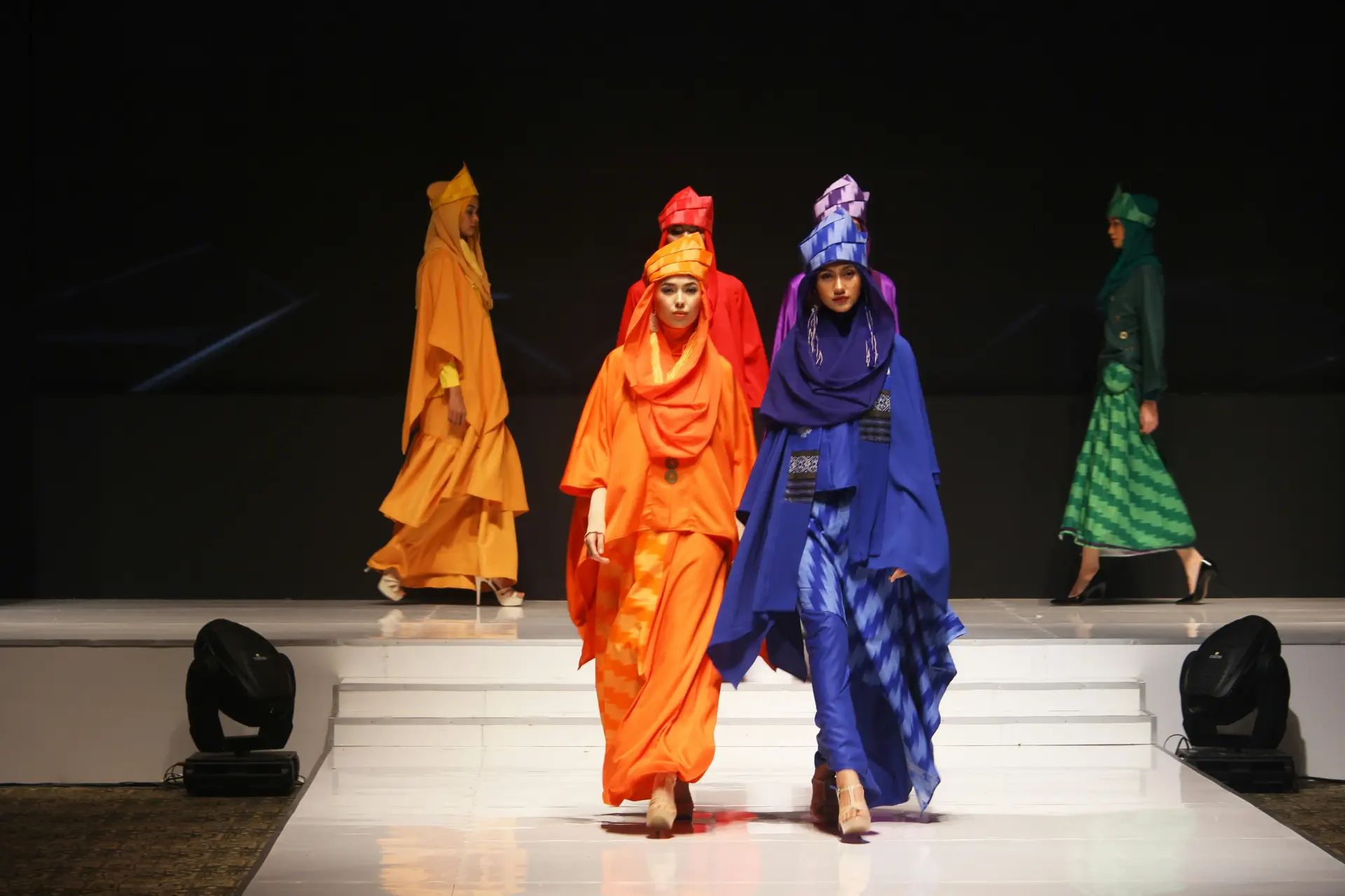Haute couture: when fashion becomes art
Do you think that luxury in the clothing industry is mainly represented by a few well-known designers and their high-end prêt-à-porter fashion? Far from it. The pinnacle of the fashion industry, the Mount Everest that is unattainable for mere mortals, bears the melodious name “haute couture.” We explain what it's all about.
Where does the term come from?
“Haute couture” comes from French and literally means “high tailoring.” The beginnings of this supreme discipline in the fashion world date back to the 19th century. At that time, the British designer Charles Frederick Worth opened an exclusive fashion house in the center of Paris. His clientele consisted of wealthy aristocrats and upper-class citizens who insisted on receiving only tailor-made, label-adorned clothing made from the highest quality fabrics. Later, designers and couturiers such as Yves Saint Laurent and Christian Dior lent the term haute couture a glamour that has lost none of its fascination to this day. Twice a year, the latest collections of haute couture are presented to the world press and invited guests during Paris Fashion Week.

What are the characteristics of a couture dress?
Typical features of this incomparably exclusive fashion trend are the self-imposed restriction to handcrafting, individual, tailor-made production, and the use of luxury materials. It is not uncommon for these dresses (which are limited to a very small customer base) to cost EUR 100,000 or more. Interestingly, in addition to extravagant evening gowns, there are also accessories and daywear that meet the criteria of official “haute couture.”
Which fashion houses are allowed to present haute couture?
The official criteria for haute couture are strict and are monitored in France by the federation of haute couture and fashion, founded in the 19th century. Among other things, a fashion house must have a location in Paris, employ more than 20 people, and include at least 35 tailor-made unique pieces in its collection each year in order to meet the criteria. In exceptional cases, foreign fashion houses such as Versace and Armani are also allowed to participate in the corresponding shows. Typical fashion houses with a long tradition in the top tier of fashion are Chanel, Givenchy, Balenciaga, and Yves Saint Laurent.

How exclusive dresses are created
The production of a couture dress takes many weeks, often even months. Before a dress is included in a collection and presented on the catwalk, sketches must be created, materials selected, fabric pieces sewn together, and appliqués attached. This is a collaborative process involving not only creative designers but also numerous craftsmen and tailors. Since most of the dresses are tailor-made, personalized, and unique, the customers or selected models are also involved in this lengthy process.
Fashion/design walk for haute couture
The design walk at fashion shows is all about the outfit; the models act as mannequins with their gaze fixed straight ahead, without facial expressions and without eye contact with the audience. With their shoulders pulled back and their pelvis tilted forward, the models stride down the catwalk, trying not to move their upper bodies as they walk. There is no posing on the catwalk. The designer's collection is the absolute focus. The model should not distract from it in any way. For this purpose, suitable models are booked through modeling agencies.

The significance in the world of modeling
For most models, it is a lifelong dream to wear a haute couture dress on the catwalk in Paris at least once in their career. But the road to get there is rocky: you not only have to impress designers with the right body measurements (many models meet this criterion nowadays), but also and above all with your experience, your work ethic, your charisma, and your aura. Apply now at starboxx and find exciting modeling jobs!
